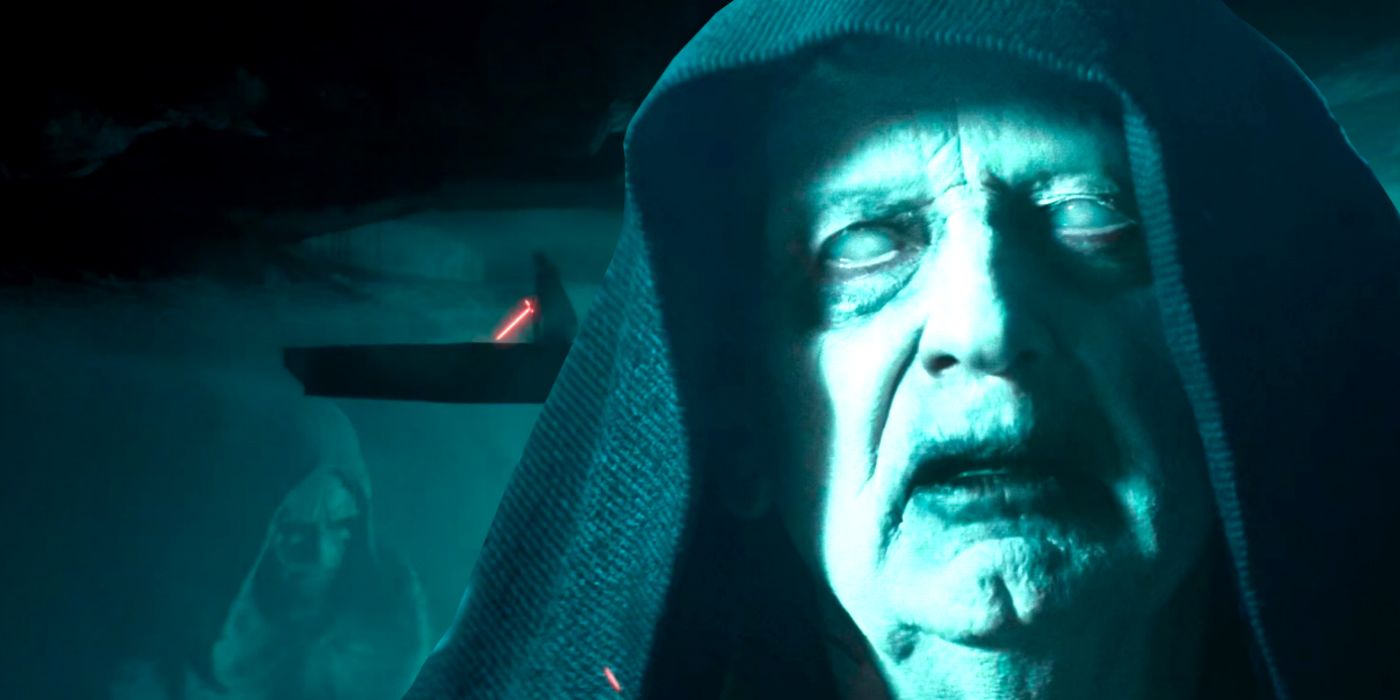Star Wars‘ own version of ‘Indiana Jones’ could be the key to Emperor Palpatine’s plans, shaped during previously-unseen years of his master plan leading to The Rise of Skywalker.
The affectionate nickname applies to Doctor Chelli Lona Aphra, created by Kieron Gillen and Salvador Larroca in their poplar and critically acclaimed Darth Vader run. She’s essentially the Star Wars equivalent of Indiana Jones, an archaeologist who revels in tracking down the riskiest artifacts. Unlike Indiana Jones, though, Doctor Aphra’s morals are seriously questionable. Star Wars has always in part been about (re-)discovering the secrets of the past – be it the ancient secrets of the Sith or the sacred texts of the Jedi. As such, it’s quite a surprise the franchise had never explored this archetype before, and nobody is really surprised Doctor Aphra has proved a breakout character in Star Wars comics. She escaped the wrath of Darth Vader and is now the star of her own second ongoing series. Marvel released a digital copy of the first issue by Alyssa Wong and Marika Cresta on May 4 as part of the “Star Wars Day” celebrations.
So far, Doctor Aphra’s adventures have felt like side-stories in the galaxy far, far away. But, curiously enough, Star Wars: The Rise of Skywalker leaves a gap in its story that would be perfectly filled by the franchise’s immoral Indiana Jones.
Palpatine Didn’t Always Have The Sith Wayfinders

Star Wars: The Rise of Skywalker revealed Palpatine had survived his death in Return of the Jedi, and his spirit had fled to a last redoubt of the ancient Sith Empire, Exegol. This planet is secreted in the depths of the Unknown Regions, concealed by a labyrinth of solar storms, rogue magnetospheres, black holes, gravity wells, and things far stranger. It was presumably discovered by Sith explorers who used the Force to navigate these hazards, a technique ironically known as “Skywalking.” The Sith recognized the potential of Exegol, a world their enemies could never get to, and they made it their last stronghold. They had waited at Exegol for countless millennia until Palpatine’s spirit escaped there and possessed a clone body prepared for him.
But here’s the catch; Star Wars tie-ins suggest Palpatine only discovered Exegol quite late in the game. According to Chuck Wendig’s “Aftermath” trilogy, he had sensed darkness waiting for him in the Unknown Regions. One of Palpatine’s closest allies, a loyalist named Gallus Rax, remembered:
“The Emperor was convinced that something waited for him out there — some origin of the Force, some dark presence formed of malevolent substance. He said he could feel the waves of it radiating out now that the way was clear. The Emperor called it a signal — conveniently one that only he could hear. Even his greatest enforcer, Vader, seemed oblivious to it, and Vader also claimed mastery over the dark Force, did he not? Rax believed Palpatine had gone mad.”
Palpatine had exerted phenomenal effort to discover this mysterious vergence in the Force. This was why he had recruited Grand Admiral Thrawn, a member of an alien race known as the Chiss, who originated from the Unknown Regions. He had used Thrawn’s knowledge to create detailed maps and charts of the Unknown Regions and established secret observatories – including one at Jakku – from which he had sent out scouts. The clear implication is that, at this stage, Palpatine and Darth Vader didn’t have the Sith Wayfinders; given the observatories were being constructed during the Galactic Civil War, they may only have acquired them towards the end of Palpatine’s reign.
How Did Palpatine And Darth Vader Acquire The Wayfinders?

There’s clearly a story here just waiting to be told. How did Palpatine and Darth Vader acquire the two Wayfinders? As the Dark Lord of the Sith, Palpatine had an unparalleled collection of ancient Sith artifacts. This was bolstered after the fall of the Jedi in Star Wars: Episode III – Revenge of the Sith, when Stormtroopers raided the Jedi Temple. The Jedi had secreted away countless Sith talismans, artifacts, and even holocrons, burying them as part of what they called the “Bogan Collection.” Palpatine would no doubt have spent years scouring through this collection, if not decades. In the end, then, it’s safe to assume he discovered a reference to the Sith Wayfinders.
A master manipulator, Palpatine would then need to choose the right pawn to help him locate the Wayfinders. These had presumably been lost millennia ago, perhaps deliberately hidden by the Sith so they couldn’t be retrieved by the Jedi, and then forgotten about. Palpatine would need an expert to find them; an experienced archaeologist, someone familiar with the legends of the Sith and the Jedi, and preferably someone who wasn’t afraid of the dark side. Dr. Aphra would tick every one of those boxes.
It’s true Darth Vader attempted to hide Aphra’s existence from his Master, but there’s no reason to assume he succeeded. The Emperor watched his apprentice’s activities with care, and there can be no doubt he knew all about Darth Vader’s schemes. Indeed, he would have been gratified to see them, because they would have been evidence of Vader’s increasing mastery of the dark side. Thus it’s entirely reasonable to assume Palpatine knew exactly who Aphra was, and what she had proven capable of.
Lucasfilm probably didn’t create this narrative gap intentionally. All the evidence suggests they decided to resurrect Palpatine quite late in the game, and Star Wars: The Rise of Skywalker appears to have gone through substantial last-second editing as well. In this case, though, it isn’t a plot hole; it’s simply a part of the story that hasn’t yet been told. And it’s clearly full of potential – especially given Marvel Comics has just relaunched the Doctor Aphra series.




